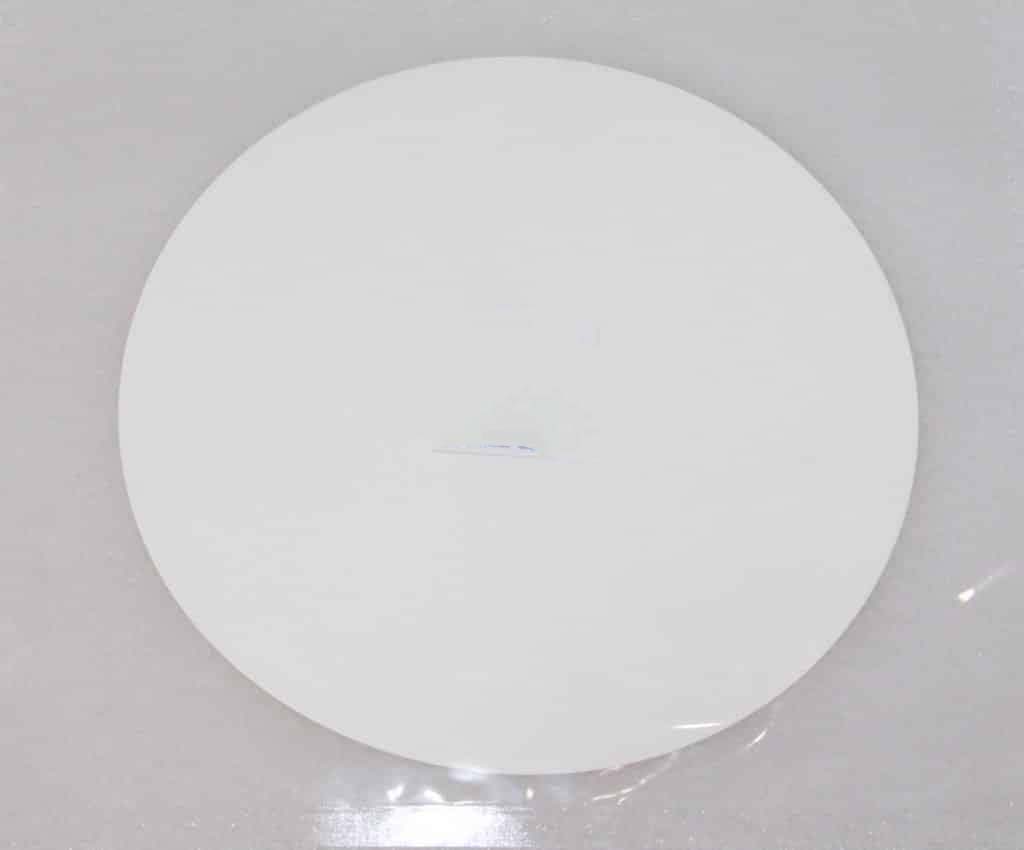The production efficiency of boron nitride produced by chemical vapor deposition is high, but this method is easy to introduce pores and impurities into the sintered body and anisotropy caused by hot pressing. This makes its application very limited, especially in high temperature and oxidizing environments. Pyrolytic boron nitride materials have excellent physical and chemical properties. Chemical vapor deposition (CVD) is an ideal choice for the preparation of high-purity and dense boron oxide materials. The structure, morphology and properties of the prepared pyrolytic boron nitride (PBN) may depend to a large extent on the process conditions.

Most boron nitride prepared by chemical vapor deposition (CVD) is thin film, powder, etc., while bulk boron nitride is limited to highly anisotropic pyrolytic boron nitride, which cannot fully utilize the characteristics of structural diversity. The synthesis of boron nitride limits its application in a wider field. Therefore, there are relatively few studies on isotropic pyrolytic boron nitride with excellent mechanical properties.
In view of the wide application of pyrolytic boron nitride, it is necessary to further study the preparation process of pyrolytic boron nitride material, especially the deposition mechanism.
It provides a solid foundation for the controllable preparation of pyrolytic boron nitride. High-purity, high-density pyrolytic boron nitride (PBN) materials can be prepared by chemical vapor deposition (CVD) and appropriate control of process parameters. The pyrolytic boron nitride material prepared by the method has good processing properties and can meet application requirements.
Many technical parameters affect the preparation of pyrolytic boron nitride (PBN), including boron nitrogen source, temperature, pressure and reactor structure. The reaction gas of boron nitride is mainly divided into two types: boron nitrogen carrier gas/diluent gas, and compound carrier gas/diluent gas containing boron and nitrogen. The deposition temperature of boron nitride can be varied in a wide range (250°C-2300°C). The higher the total temperature, the better the crystallinity of the deposited boron nitride.
The deposition pressure of boron nitride varies from 1 to 760 Torr. The deposited substrate may be a porous substrate such as excess metal, structural ceramics, electronic ceramics, glass, graphite and ceramic particles.
